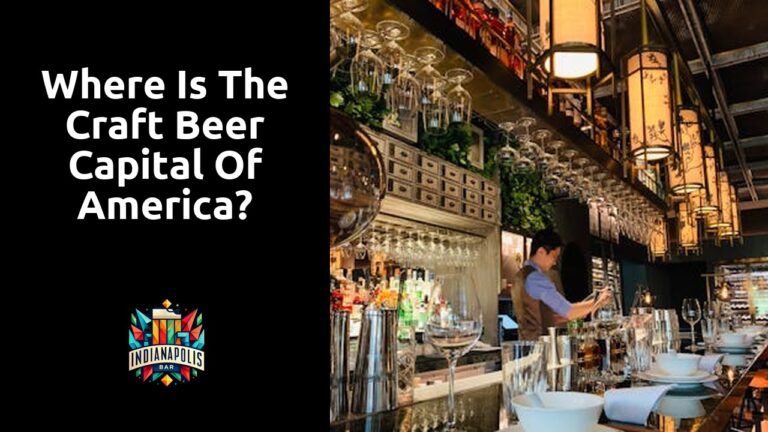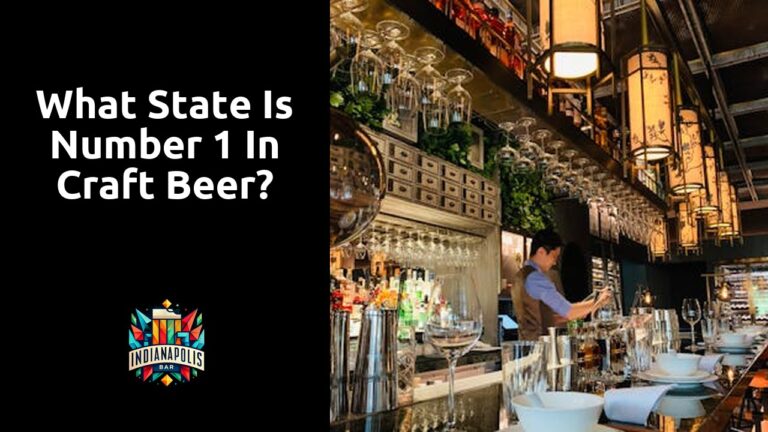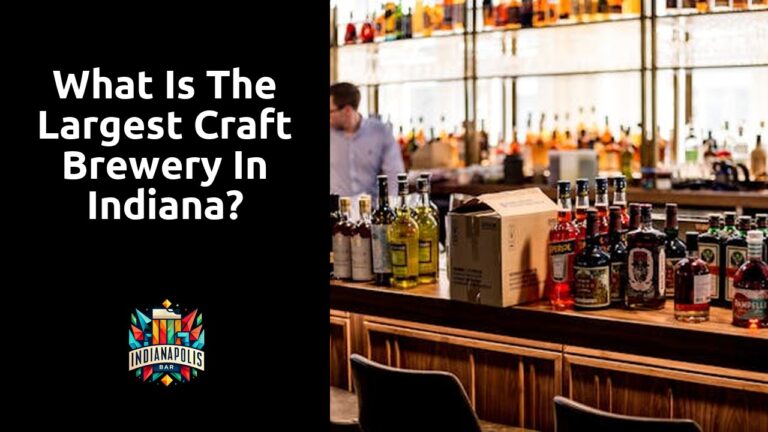What happened to craft beer cellar?
Table Of Contents
Influence of social media
Social media has undeniably played a significant role in shaping the craft beer industry in recent years. Breweries have leveraged platforms like Instagram, Facebook, and Twitter to connect with consumers on a more personal level. By sharing behind-the-scenes glimpses, upcoming releases, and event information, breweries have been able to cultivate a loyal following online.
Craft beer enthusiasts are now able to stay updated on the latest offerings and events by simply following their favorite breweries on social media. This direct line of communication has not only helped breweries boost their brand presence but has also allowed them to receive instant feedback from their customers. Moreover, social media has provided a platform for breweries to showcase their creativity and engage with a broader audience, ultimately contributing to the growth and popularity of craft beer culture.
Utilizing online platforms for marketing craft beer
With the rise of social media and online platforms, craft breweries have found a powerful tool for marketing their unique products to a broader audience. Through platforms like Instagram, Facebook, and Twitter, breweries can showcase their latest releases, share behind-the-scenes glimpses of their brewing process, and engage directly with consumers in real-time. This direct interaction allows for a more personalized connection with customers, fostering a sense of community and loyalty around the brand.
In addition to social media, craft breweries are also leveraging online sales platforms and beer delivery services to reach customers who may not have easy access to their physical locations. By offering online ordering and delivery options, breweries can expand their reach beyond their local market and cater to a broader audience of craft beer enthusiasts. This approach not only boosts sales but also allows breweries to connect with beer lovers from different regions, creating a more inclusive and diverse craft beer community.
Innovation in brewing techniques
Innovation in brewing techniques has been a driving force behind the evolution of craft beer. Craft brewers are constantly exploring new methods and experimenting with traditional brewing processes to create unique and distinctive flavors. From barrel-aging to wild fermentation, there is a constant quest to push boundaries and challenge the status quo in the craft beer industry.
Experimenting with various ingredients and brewing styles allows brewers to create innovative and diverse beer offerings that cater to a wide range of tastes and preferences. By embracing creativity and pushing the limits of traditional brewing, craft breweries are able to stand out in a crowded market and attract a loyal following of beer enthusiasts. The commitment to innovation in brewing techniques has undoubtedly played a significant role in the success and popularity of craft beer in recent years.
Experimenting with flavors and brewing processes
Craft beer cellar owners constantly seek new ways to stand out in the saturated market. One effective strategy they employ is experimenting with a wide range of flavors and brewing processes. By pushing the boundaries of traditional brewing techniques, they can create unique and innovative beers that capture the attention of discerning consumers. From incorporating exotic ingredients to using unconventional fermentation methods, these brewers are not afraid to take risks and try something different to differentiate themselves from the competition.
The experimentation with flavors and brewing processes not only allows craft beer cellars to offer a diverse and exciting range of products to their customers but also helps them build a reputation for creativity and quality. By developing a portfolio of distinct brews that showcase their expertise and innovation, these breweries can attract a loyal following of beer enthusiasts who appreciate their commitment to pushing the boundaries of what beer can be. This approach not only drives customer engagement but also sets them apart in a crowded market where differentiation is critical to success.
Collaboration with other businesses
Collaboration with other businesses has become an essential strategy for craft beer cellars to expand their reach and appeal to a broader audience. By partnering with other companies, such as restaurants, bars, and even local breweries, craft beer cellars can create unique experiences for customers and increase their visibility in the market. These collaborations often result in special beer releases, events, and promotions that generate excitement and attract new customers to the craft beer scene.
Furthermore, collaborating with other businesses allows craft beer cellars to tap into new markets and demographics that they may not have reached otherwise. By working together, companies can leverage each other’s customer base, expertise, and resources to create mutually beneficial partnerships. This not only helps in promoting the craft beer culture but also fosters a sense of community and camaraderie among businesses in the industry.
Creating partnerships to promote craft beer culture
Craft beer culture has flourished in recent years, with breweries actively seeking collaborations with other like-minded businesses to promote further and enhance the appreciation of craft beer. These partnerships go beyond traditional marketing strategies, aiming to create unique experiences that resonate with consumers on a deeper level. By joining forces with restaurants, music venues, or even local artists, craft breweries can tap into new audiences and create engaging events that showcase the artistry and creativity behind their brews.
These collaborations not only benefit the breweries involved but also contribute to the overall growth of the craft beer industry. By working together, businesses can cross-promote each other, drive foot traffic, and foster a sense of community among craft beer enthusiasts. Ultimately, the partnerships forged within the craft beer world serve to elevate the entire industry and enrich the experiences of those who appreciate the art of brewing.
FAQS
What factors contributed to the decline of Craft Beer Cellar?
The decline of Craft Beer Cellar can be attributed to various factors such as increased competition, changing consumer preferences, and challenges in supply chain management.
How did social media impact the craft beer industry?
Social media played a significant role in promoting craft beer brands, connecting with consumers, and creating a community around craft beer culture. However, it also led to increased competition and the need for breweries to stand out in a crowded market.
What role did online platforms play in marketing craft beer?
Online platforms provided craft breweries with a cost-effective way to reach a wider audience, showcase their products, and engage with customers. Utilizing these platforms became crucial in the marketing strategy of craft beer businesses.
What innovations were introduced in brewing techniques in the craft beer industry?
The craft beer industry witnessed innovations in brewing techniques, such as experimenting with ingredients, fermentation processes, and aging methods to create unique and diverse flavors. These innovations helped breweries differentiate themselves and attract consumers.
How did collaborations with other businesses benefit craft beer producers?
Collaborating with other businesses allowed craft beer producers to expand their reach, access new markets, and leverage the expertise of partners. These partnerships helped in promoting the craft beer culture and enhancing brand visibility.





